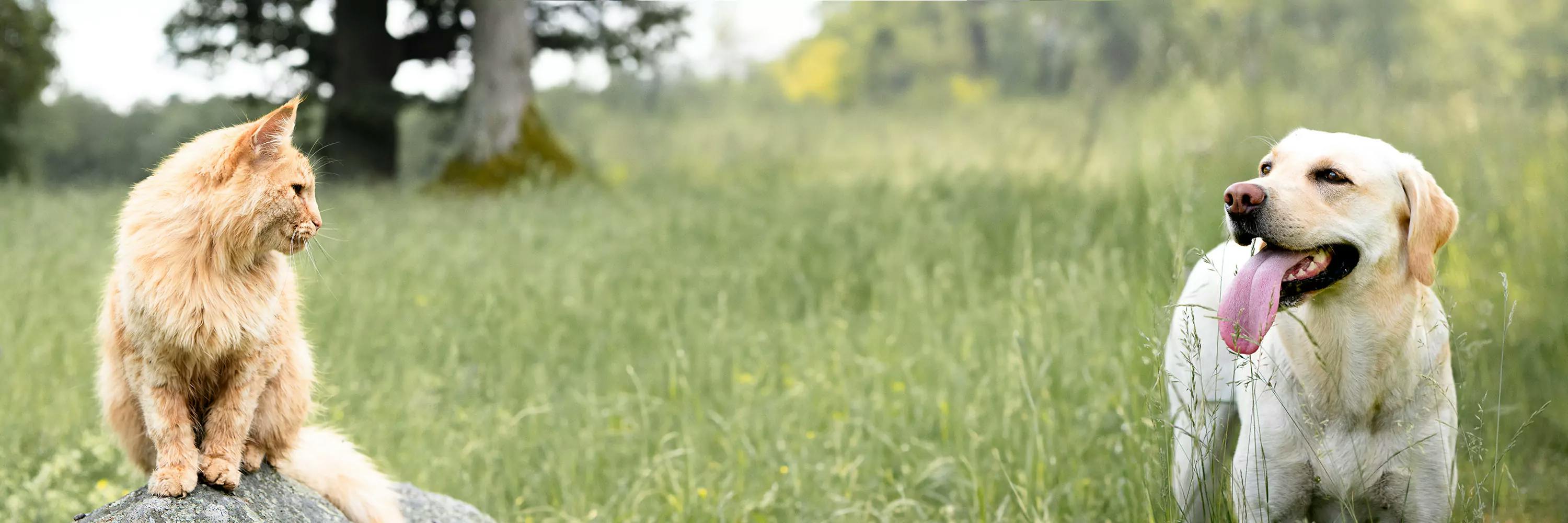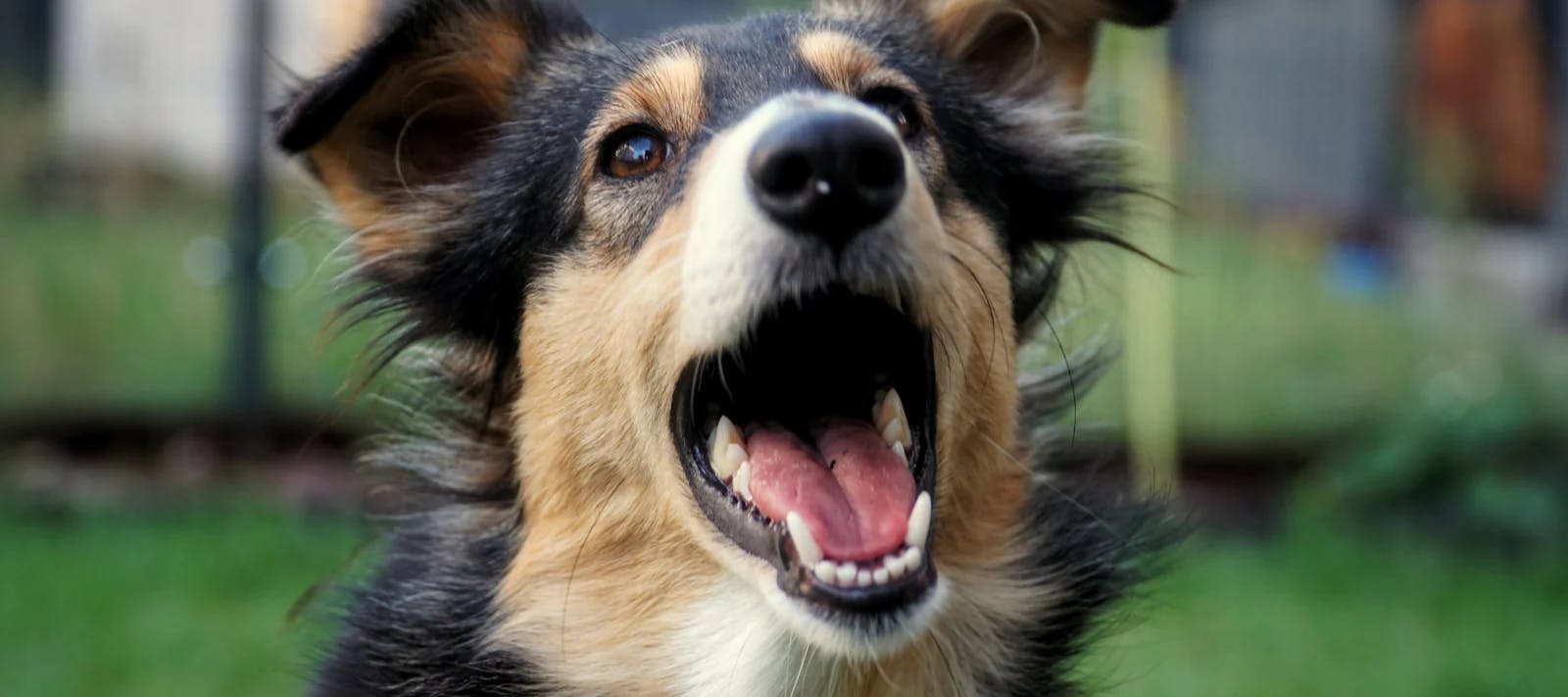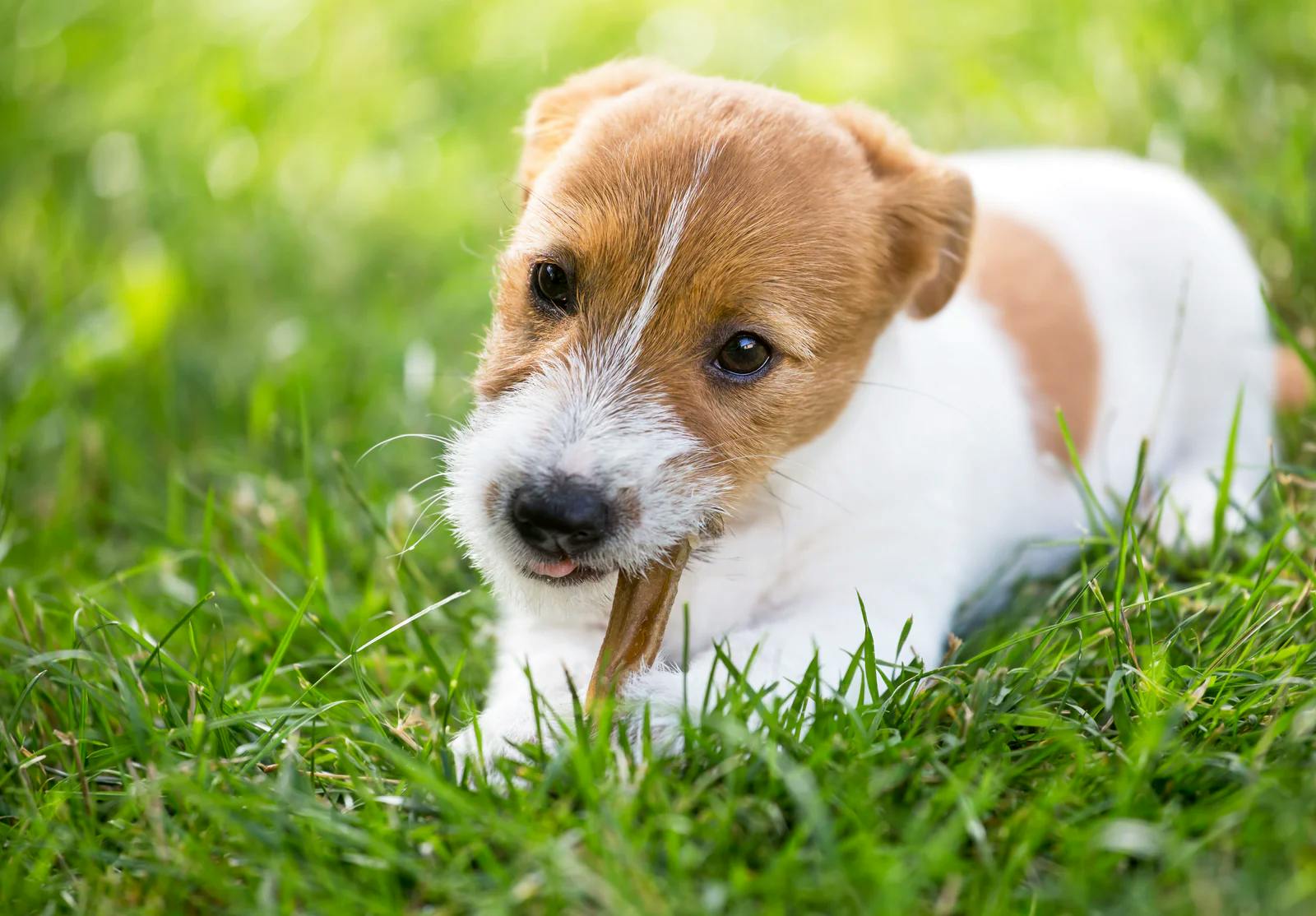Active location:
Select your country:

How do I brush my dog’s teeth?
8 out of 10 dogs over three years are at risk of dental disease, and the most efficient way to prevent this is tooth brushing. Despite this, only 4% of dog owners brush their dog's teeth. But what is actually dental disease, how does tooth brushing help prevent it, and how do I get started?
The most common dental condition - plaque and tartar
By far the most common problem with our dogs' oral health is the formation of plaque and tartar. Plaque is a bacterial coating that is formed on the dog's teeth, and is caused by both the dog's natural oral flora and diet. When plaque mixes with minerals in saliva, it hardens and builds up, eventually becoming tartar.
Almost all dogs get tartar problems at some point in their lives. However small breeds or breeds with short noses are clearly overrepresented, and they also often get problems at a younger age, some as early as one year. Tartar leads in the long run to a worse problem - periodontitis or tooth loss as it is also called, and the process can be fast. The most efficient way to keep tartar away is brushing your dog's teeth.
Which toothbrush should I use?
There are special toothbrushes adapted for the dog's mouth, but a soft baby toothbrush works well. For dogs that have a small mouth or have difficulty accepting the toothbrush, there are also small finger tooth brushes you can thread over your index finger and use to rub gently against teeth and gums. For the really experienced dog, it is excellent to also use an electric toothbrush!
What kind of toothpaste is best?
Dog toothpastes are available with both active enzymes and antimicrobial properties, and a big advantage is that they are flavored, which can make the dog actually enjoy the activity of tooth brushing. The most important effect, however, is not the toothpaste, but the actual brushing against the teeth. This is what keeps the coating (plaque) away and the surface of the tooth clean. Do not use fluoride toothpaste, as this is toxic to dogs. In other words - do not share your toothpaste with your doggo!
How often do I have to brush my dog's teeth?
In order for toothbrushing to have an effect, the teeth should preferably be brushed every day, so it is best to try to find a fun routine around the toothbrushing. Getting it done every day can seem overwhelming when getting started, especially if the dog does not like it. Then you can aim at every other / every third day, but if it becomes less frequent than that, there is a risk that the plaque has already taken hold, affected the tooth surface or caused an irritation of the gums.
How do I get started with brushing my dog's teeth?
When you are getting started, you need to have patience and take it step by step - do not think that you can brush every tooth in your dog's mouth inside and out the first time. Divide it into smaller, shorter training sessions and start with the teeth that are easiest to access - usually the dog's small front teeth and canines. When the dog gets used to it and it goes well, you can slowly but surely try to access further back in the mouth, around the dog's molars. You can also divide so that you, for example, take the right side of the mouth one day and the left side the next, if the dog doesn't have patience to get the whole mouth brushed at once.
It is much better to take a little at a time and create a positive feeling around the toothbrushing, than to push the dog too hard. Remember to praise and reward a lot! If you search on Youtube, there are several informative videos with tips on how to get started with training around toothbrushing.
If your dog already has tartar, you should start with booking an appointment with your veterinarian. You cannot brush the tartar away, and do not try to scrape it off yourself, as this can cause damage to the teeth's enamel surface. Instead, have your dog's teeth cleaned professionally at your veterinary clinic, and you will have a clean and healthy mouth to start brushing, that will be easier to keep that way.
In short words: soft toothbrush, dog toothpaste, patience, and make it into a positive routine! Good luck
Mentioned products










